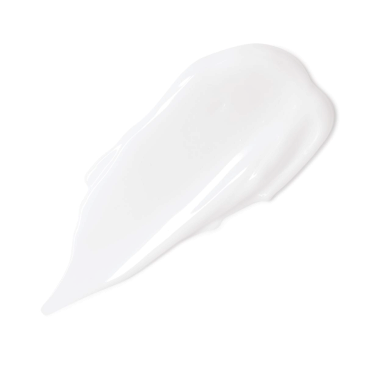Pumice Stone
Pumice Stone
Pumice Stone, a lightweight and porous volcanic rock, is known for its versatility and effectiveness. Over the years, it has become a beloved tool for skin care and surface cleaning.
What is pumice stone?
Pumice Stone is a volcanic rock that forms during volcanic eruptions. When lava with a high gas content comes into contact with the air, it cools quickly and forms a stone with a unique porous structure. The numerous small holes in the stone provide an abrasive surface, while its light weight makes it easy to handle.
How does pumice stone work on the skin?
One of the most popular applications of pumice stone is the removal of calluses and dead skin cells. The abrasive properties of the stone make it ideal for scrubbing the skin, especially in areas where the skin is thicker and harder, such as the feet, elbows, and knees. By regularly using a pumice stone, one can keep the skin smoother and healthier, and reduce the formation of calluses and rough spots.
The use of pumice stone is simple. Moisten both the stone and the skin with water and gently rub the pumice stone over the rough spots in a circular motion. Rinse the skin afterward and apply a moisturizing cream to soften and nourish the skin.
Cleansing and household applications of pumice stone
In addition to the grooming of the skin, pumice stone is also an effective tool for cleaning stubborn dirt and deposits in the house. The abrasive properties of the stone help remove rust, limescale, and stubborn stains on various surfaces, such as toilets, tiles, ovens, and barbecues.
To use pumice stone for cleaning purposes, moisten the stone and the surface to be cleaned. Scrub the surface with the pumice stone until the dirt and deposits are gone. Rinse the surface thoroughly and dry it to complete the cleaning process.

























